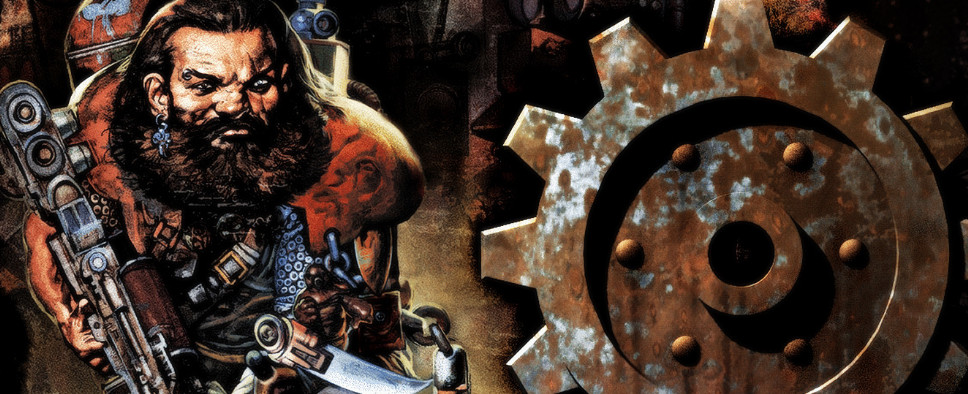Chad Moore Interview - Page 3
-
Category: InterviewsHits: 12295

Article Index
GB: An individual by the name of Edward R. G. Mortimer is credited as the game’s main writer. From what I can tell, he was an editor and contributor to Judges Guild, a pen and paper RPG publisher from way back in the day, but very little is known about him. Can you shed some light on who Mr. Mortimer really was and what he did for Arcanum?
CM: My memory on this was pretty fuzzy, so I had to go straight to the source: Tim Cain. Tim told me that Edward G. Mortimer was a designer from the Judges Guild - a company that made modules for D&D and AD&D back in the 70’s and early 80’s. Mortimer wrote some really good modules for them, so Tim contracted him to do some additional writing for Arcanum. Back then it was much more difficult to coordinate with employees remotely, so most of what he wrote was additional material for our generated dialog system. Although he didn’t end up being a major contributor over the long term, Tim was happy to have worked with (and hired, in fact!) one of his favorite JG designers.
For my part, the one thing I remember about Edward R. G. Mortimer was that he had the snazziest pair of rainbow suspenders I have ever seen.
GB: Back when I first played Arcanum as a kid, I played as a dwarf, and when none of the elves would tell me how to get to Quintarra, I actually restarted my playthrough with a new character just because that particular quest got me hopelessly stuck. Playing the game now, I actually see how many contingencies you have in place to let the player discover the elven city. And to this day, I keep finding new quests and solutions for them. What was it like to design such a deep and intricate system?
CM: Unbelievably painful. Just kidding. But in all seriousness, we wanted to make a game where you had a ridiculous amount of freedom. You could walk anywhere in the world. You could kill any NPC – which included major quest NPCs and followers. Because of this, every quest had multiple entry points, dependencies, and contingencies. And many of those contingencies had contingencies. The complexities were endless, and it took a lot of organization and design gymnastics to make it all work. But it resulted in a game that gave you unprecedented levels of agency – and vastly different ways to solve problems depending on what kind of character you created and the way that you chose to play. It was a monumental achievement by a very small group of devs (there were only 10 of us!) – and it’s nice to hear that Arcanum is still entertaining and surprising players more than 20 years later.
GB: Now, let’s move on to some of your other projects. While you were still at Troika, you had a hand in making Vampire: The Masquerade - Bloodlines happen. And once again, it looks like you were involved in pretty much everything from character art to the game’s main story. What are some of your favorite memories about that project?
CM: Bloodlines was such a great project. I remember meeting with the guys from White Wolf to talk about the WoD, and then getting a huge box full of all the source material to dive into. I remember meeting Gabe Newell up at Valve and talking about how could we use the source engine to create our world. Lots of late nights with Leonard and Jason talking about the best ways to translate the VtM systems into the game. About what city the game should take place in. About the kinds of music that best represented the game’s vibe. Creating the first prototype with Jeanette, an alleyway, and a creepy basement (parts of which showed up in Gimble’s Prosthetics years later). Writing the game’s main story arc. Creating the Malkavian’s language. Modeling characters like the Nosferatu, the Tzmisce, and the Werewolf. Directing voice over and hearing our characters come to life through talented folks like John DiMaggio, Courtenay Taylor and Gray DeLisle. Watching a coven of dominatrix vampires spank fans with a leather horsewhip on the show floor at E3. Those were just a few of the highlights. But the best part was that we had a great group of devs who really cared about making a cool game. Many of us still keep in touch to this day.

